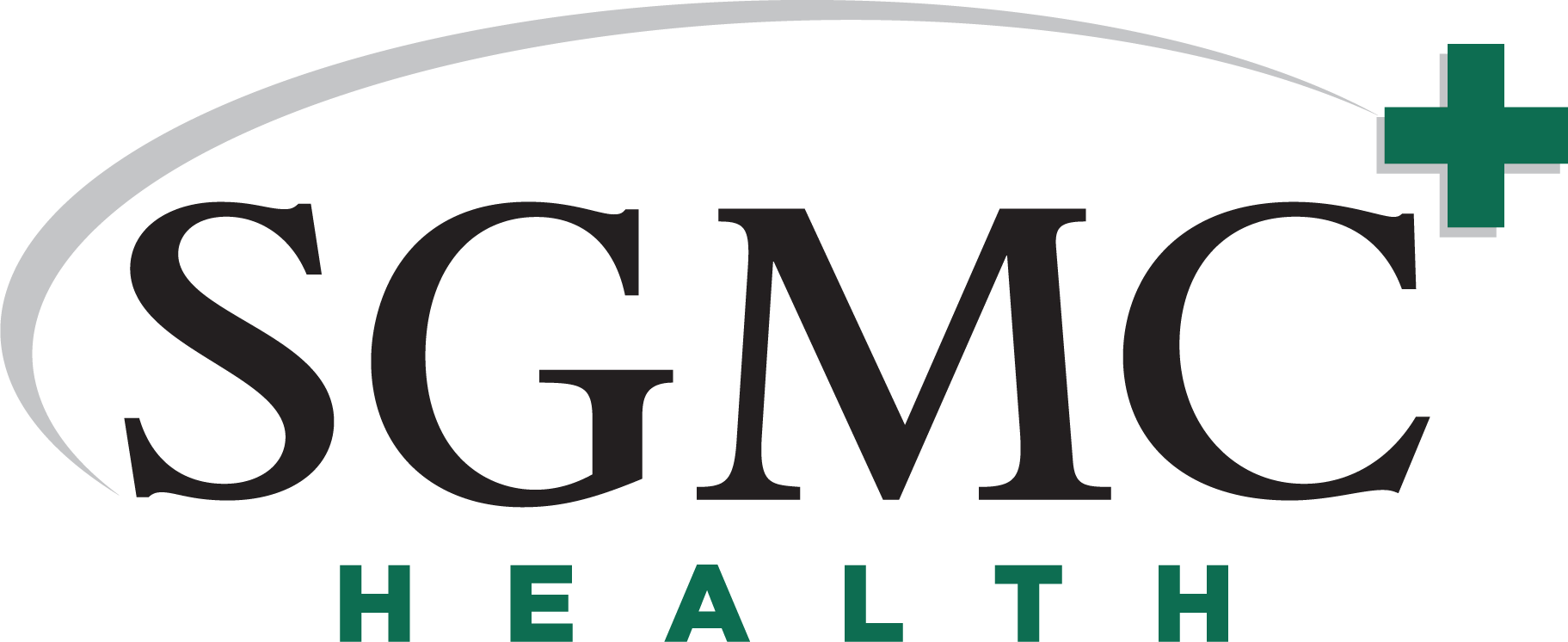8/18/2011
Every 40 seconds, someone in the US suffers a stroke—a brain attack. To help address these alarming statistics, South Georgia Medical Center has developed a new stroke program within the SGMC Emergency Department. A new patient care protocol named Code Stroke will be implemented under the direction of Brian Dawson, MD, a stroke neurologist who recently completed a residency in Neurology at Mayo Clinic in Jacksonville.
The new stroke program at SGMC will be the first program of its kind south of Macon. Dr. Dawson will be hospital-based to assist in the treatment of both emergency patients and inpatients with strokes. He will work closely with SGMC’s affiliated neurologists Mahmood Eisa, MD; Bipin Patel, MD and Hernan Posas, MD in the delivery of stroke care.A stroke occurs when a blood vessel that carries oxygen and nutrients to the brain is either blocked by a clot (this is called ischemic stroke) or bursts (this is called hemorrhagic stroke).
When a stroke occurs, part of the brain cannot get the blood and oxygen it needs, so it starts to die. A TIA (transient ischemic attack) or “mini stroke” is caused by a temporary clot. “We are very excited to start this program,” says Chief Medical Officer Kimberly Megow, MD. “The medical protocol outlines state-of-the-art management of stroke patients beginning with the early recognition of symptoms, appropriate and timely response by Emergency Medical Services and the Emergency Department, and quick intervention with tPA, a clot-busting medication that is used in patients who qualify for the treatment.
Our goal is to reduce, or possibly eliminate, long-term disability or death caused by strokes.”The Code Stroke program was developed in accordance to nationally accepted standards of stroke care which specify that tPA be given within 3 hours of the stroke’s onset, if the patient is a candidate for tPA. We don’t use tPA in patients with bleeding strokes,” Dr. Megow says. “Other medical conditions, such as a recent surgery, may also prevent a patient from getting a clot-buster.”
Strokes are serious life-threatening conditions that require immediate medical care. The appropriateness and speed of the medical care you receive can mean the difference between recovery and severe neurological damage. The acronym FAST is often used to describe the warning signs of stroke.F: Face – the most common warning sign is sudden numbness of the face or facial droop, A: Arm – tingling or sudden weakness or numbness of the arm is another symptom, especially on one side of the body, S: Speech – don’t ignore sudden slurred or garbled speech, and T: Time – don’t delay. Call 911 immediately.
“Our goal is to provide best practices in stroke care and save lives,” says SGMC Chief Operating Officer Randy Sauls. “With this new program we are also pushing education and information. Strokes can be deadly. Don’t wait to see if stroke symptoms subside or get better on their own. Call 911 immediately at the first sign of stroke.” For more information, visit the American Stroke Association website at www.strokeassociation.org or www.sgmc.org.
